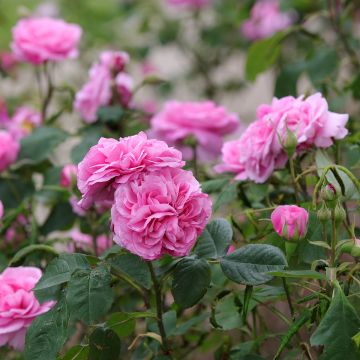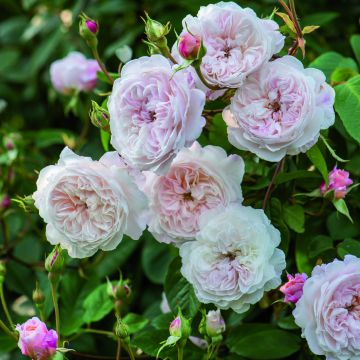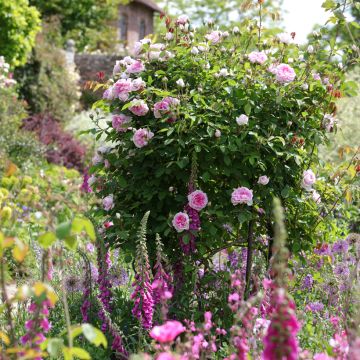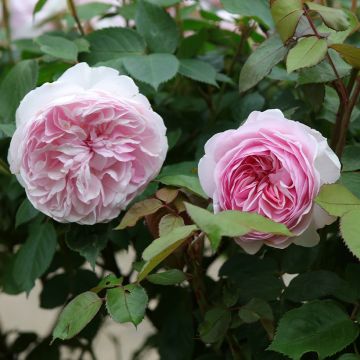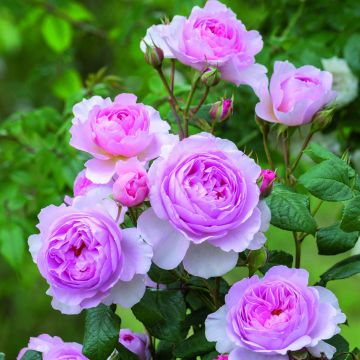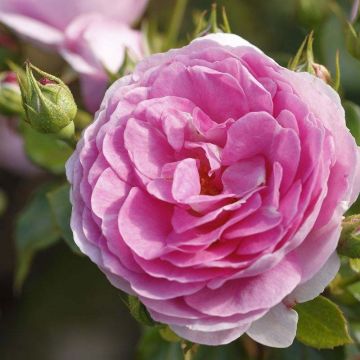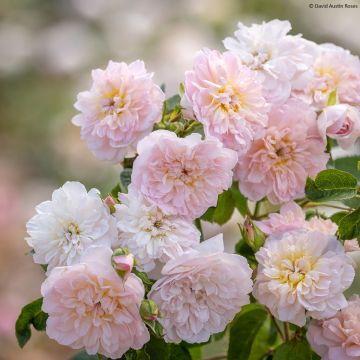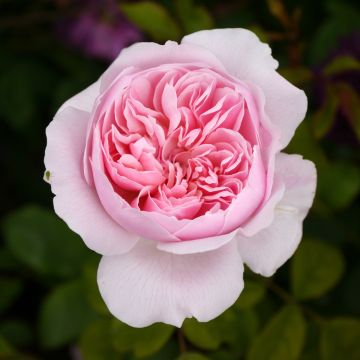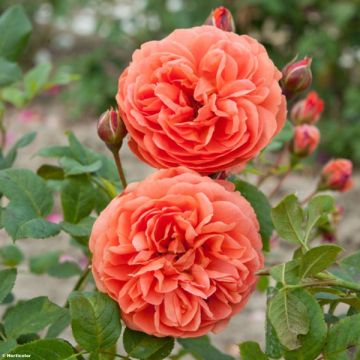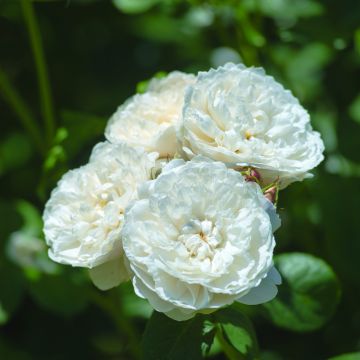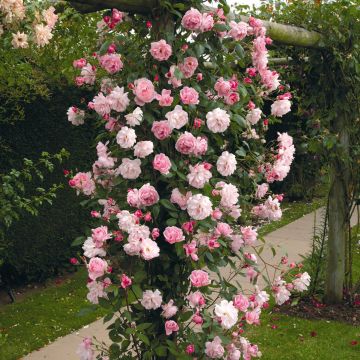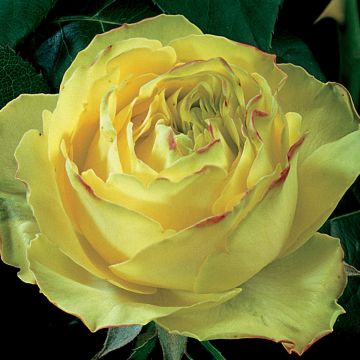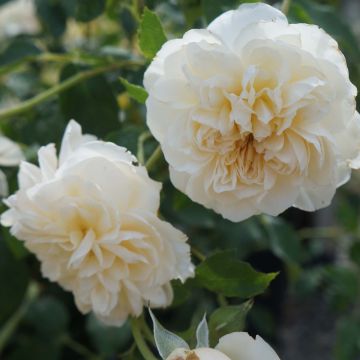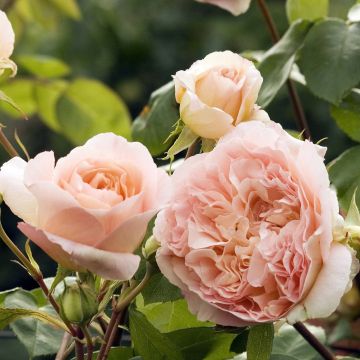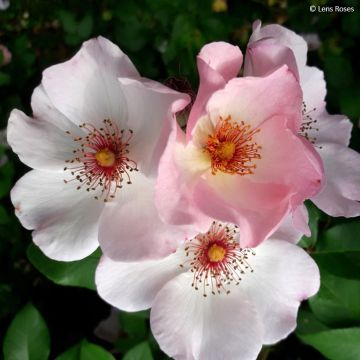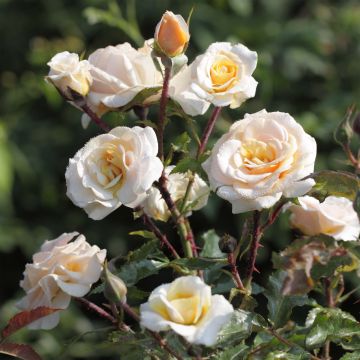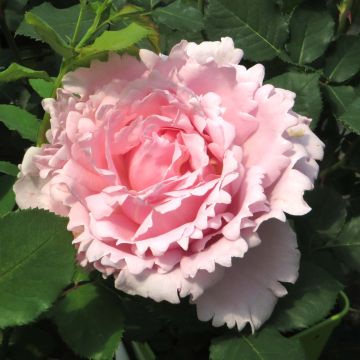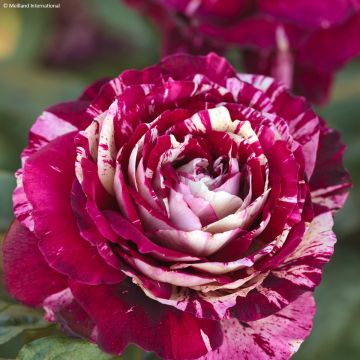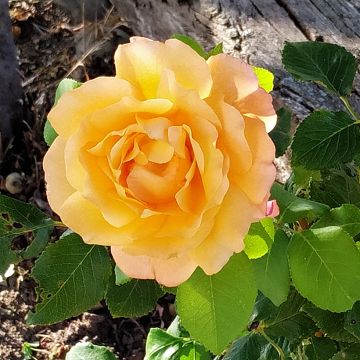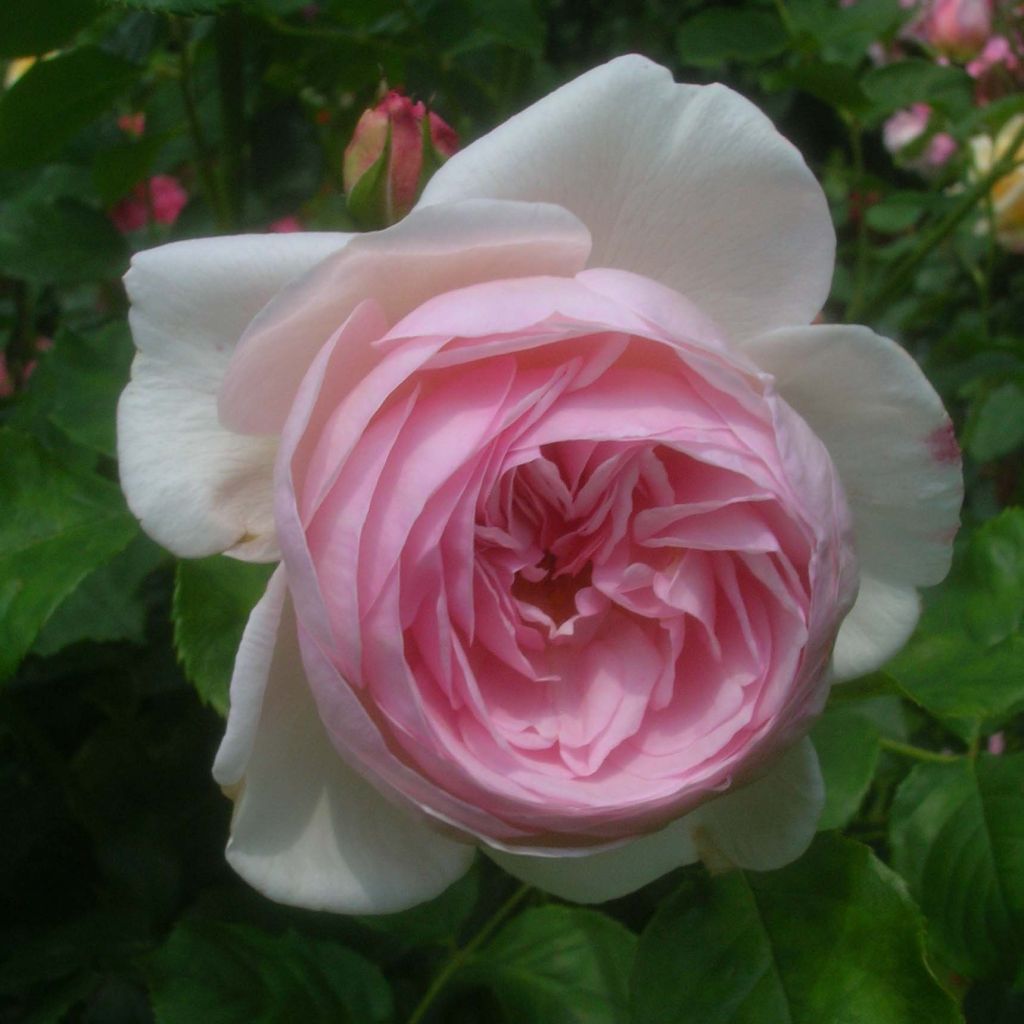

Rosa Heritage
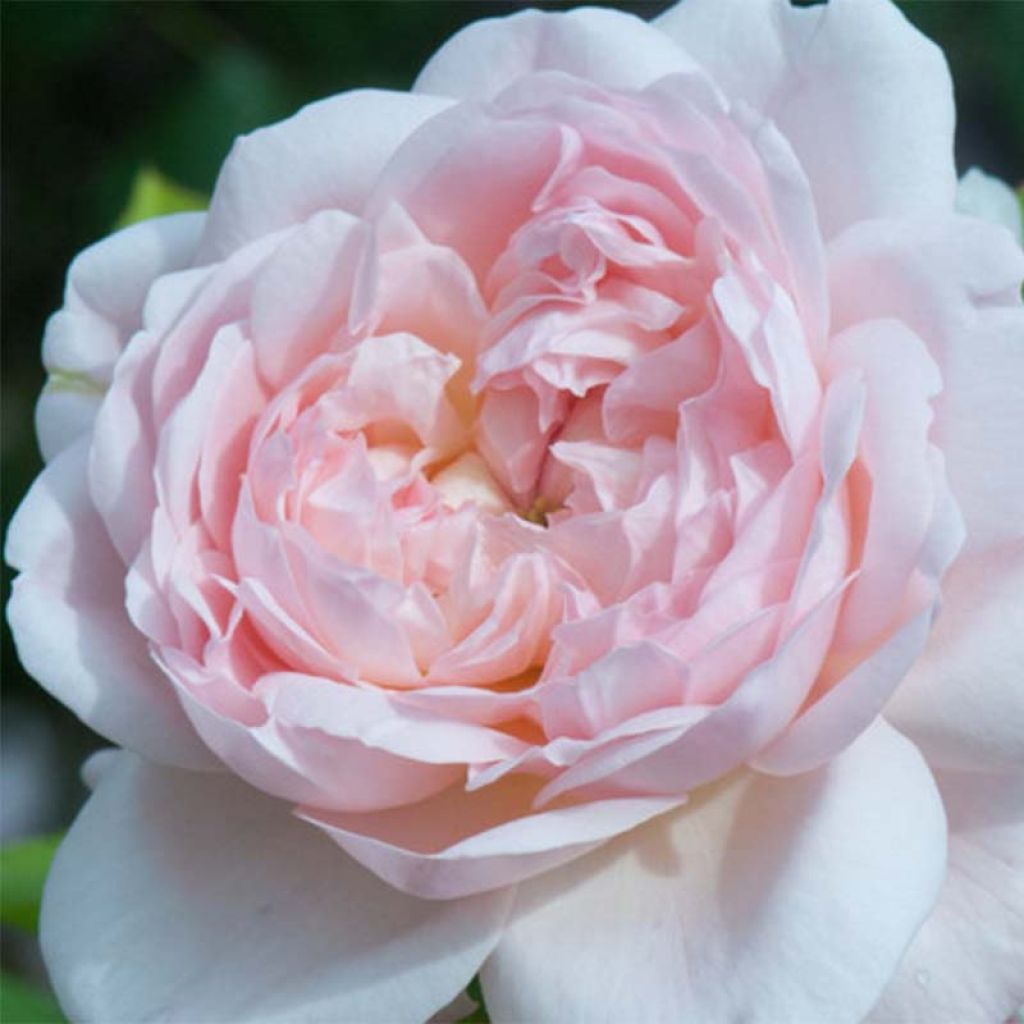

Rosa Heritage
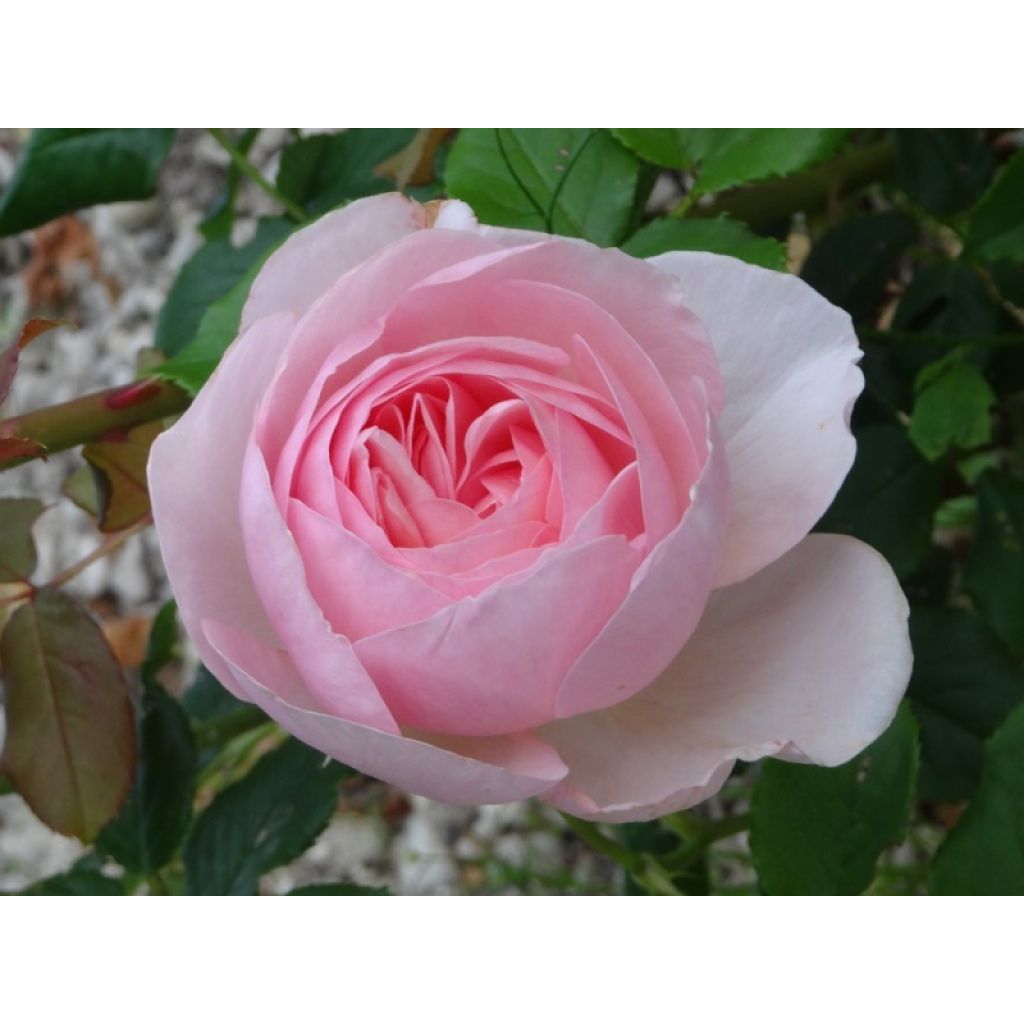

Rosa Heritage
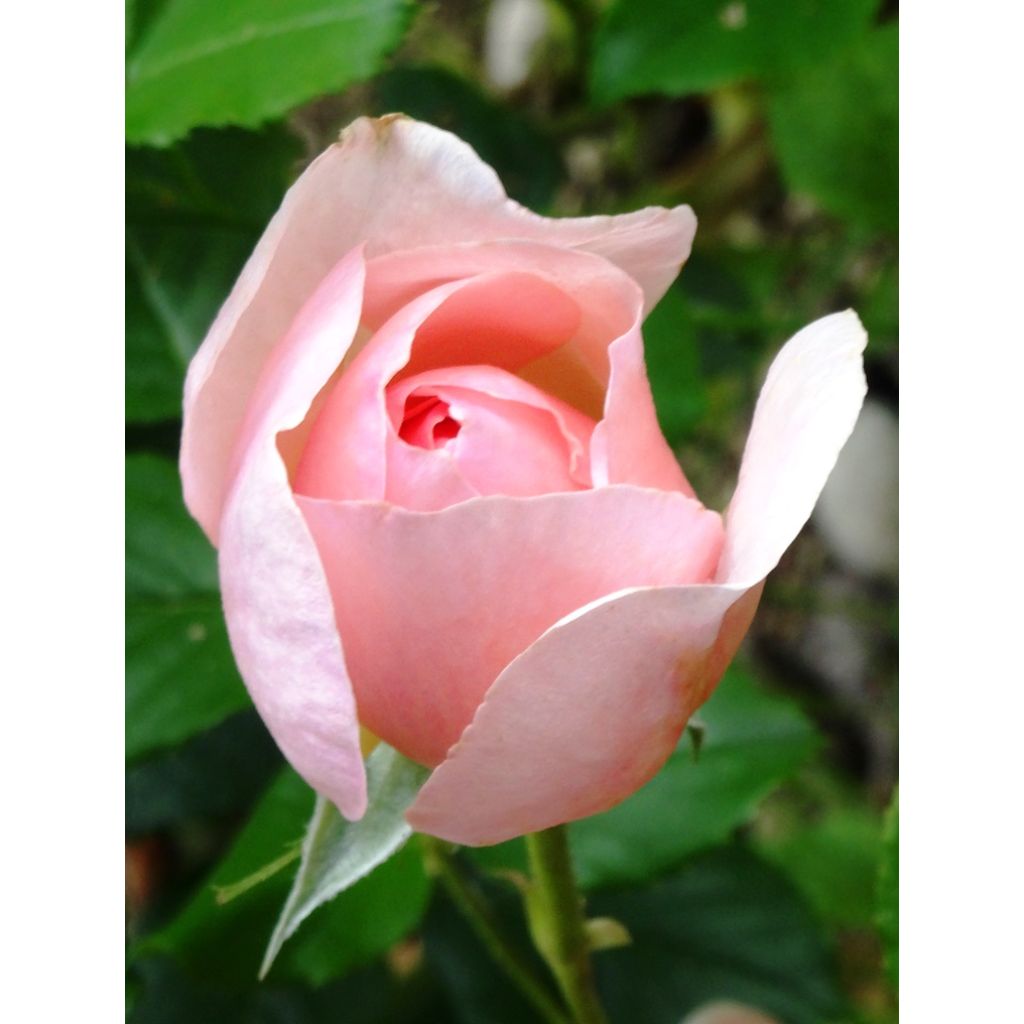

Rosa Heritage
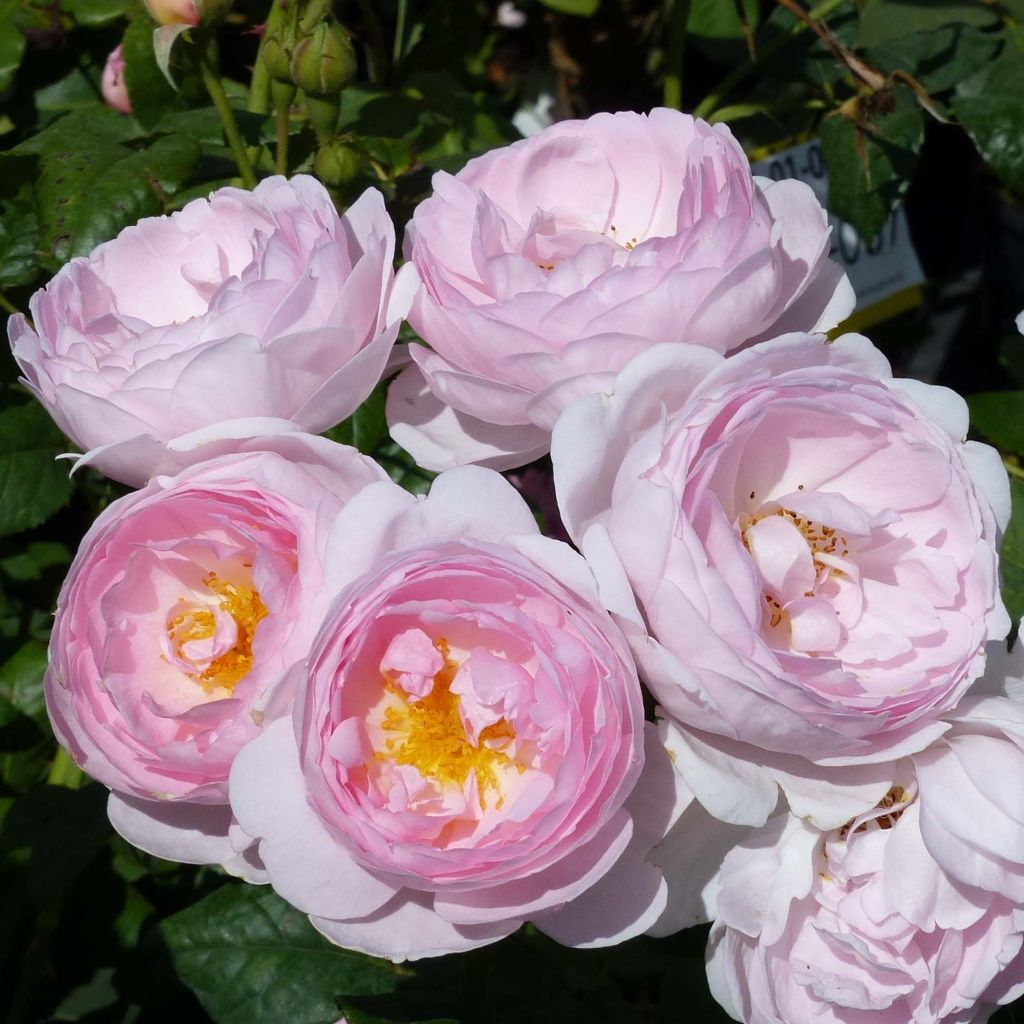

Rosa Heritage
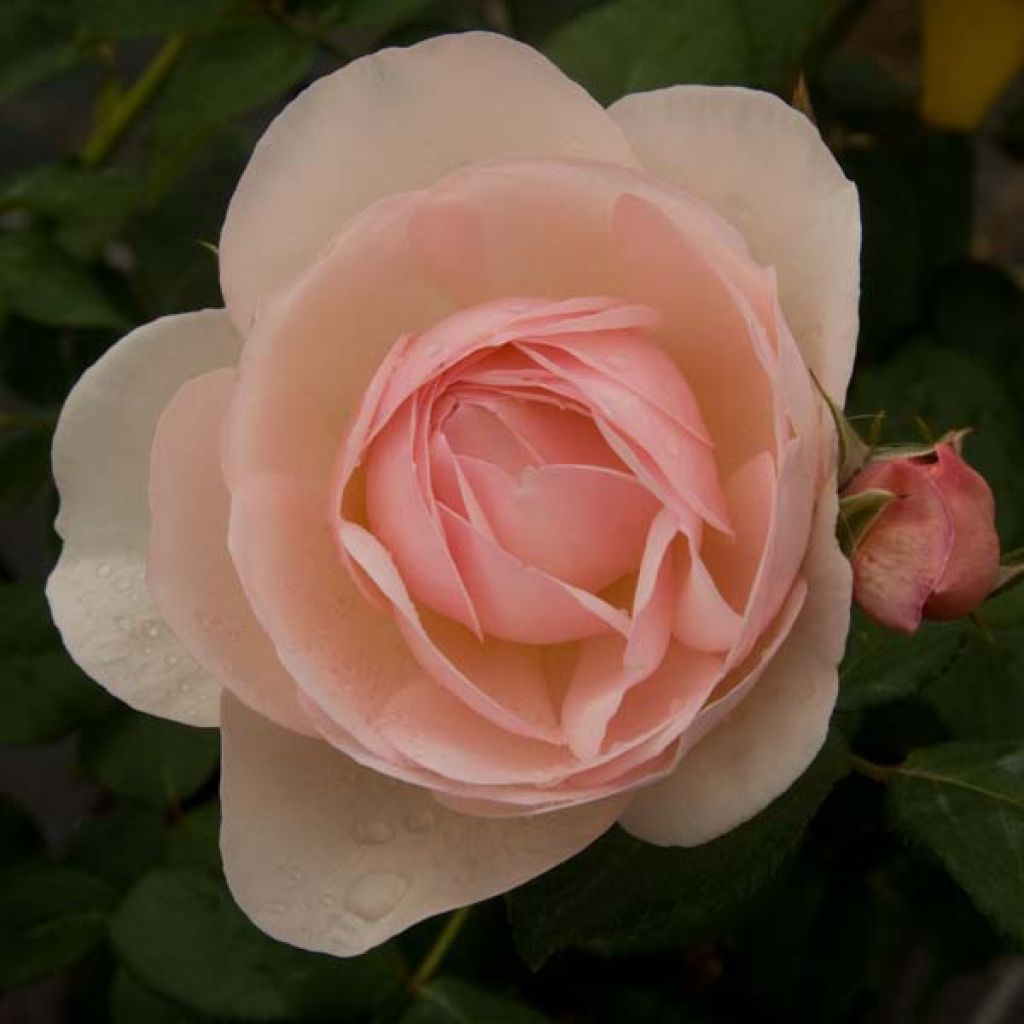

Rosa Heritage
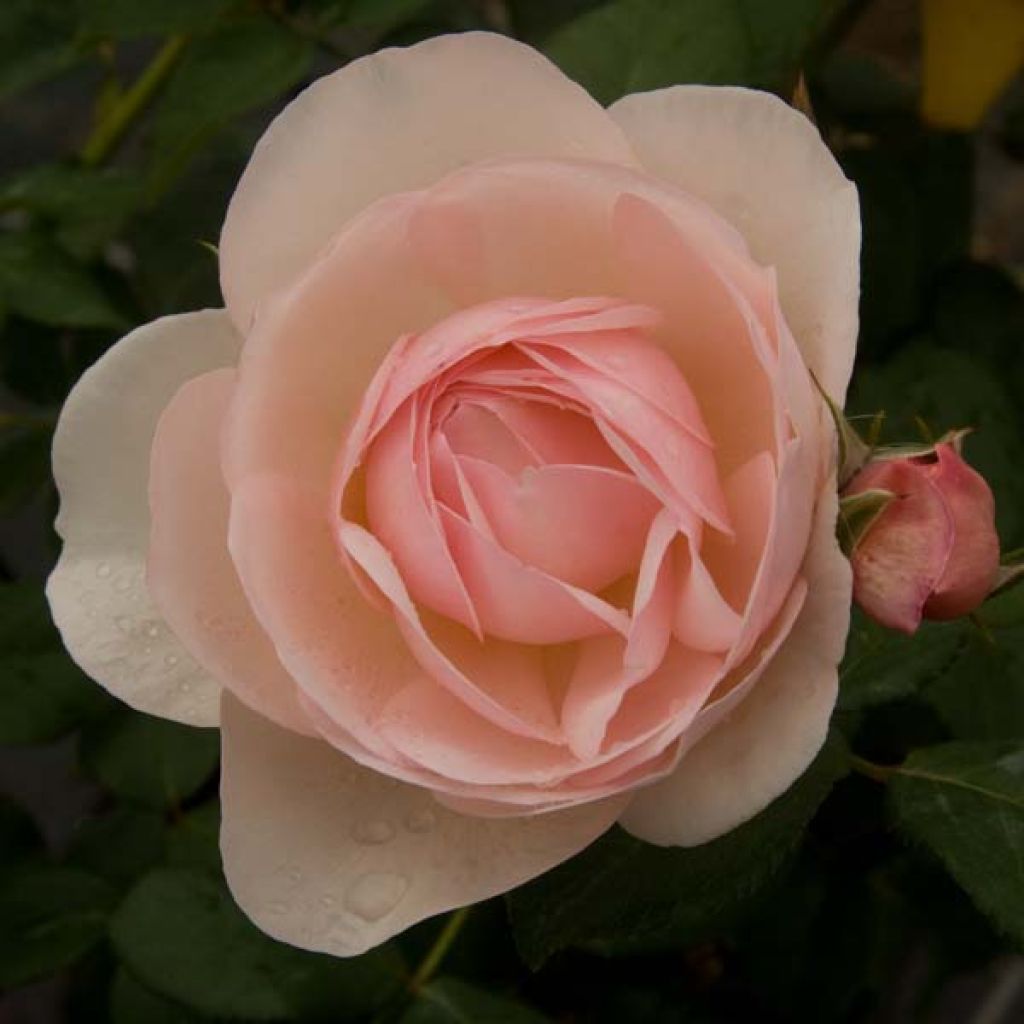

Rosa Heritage
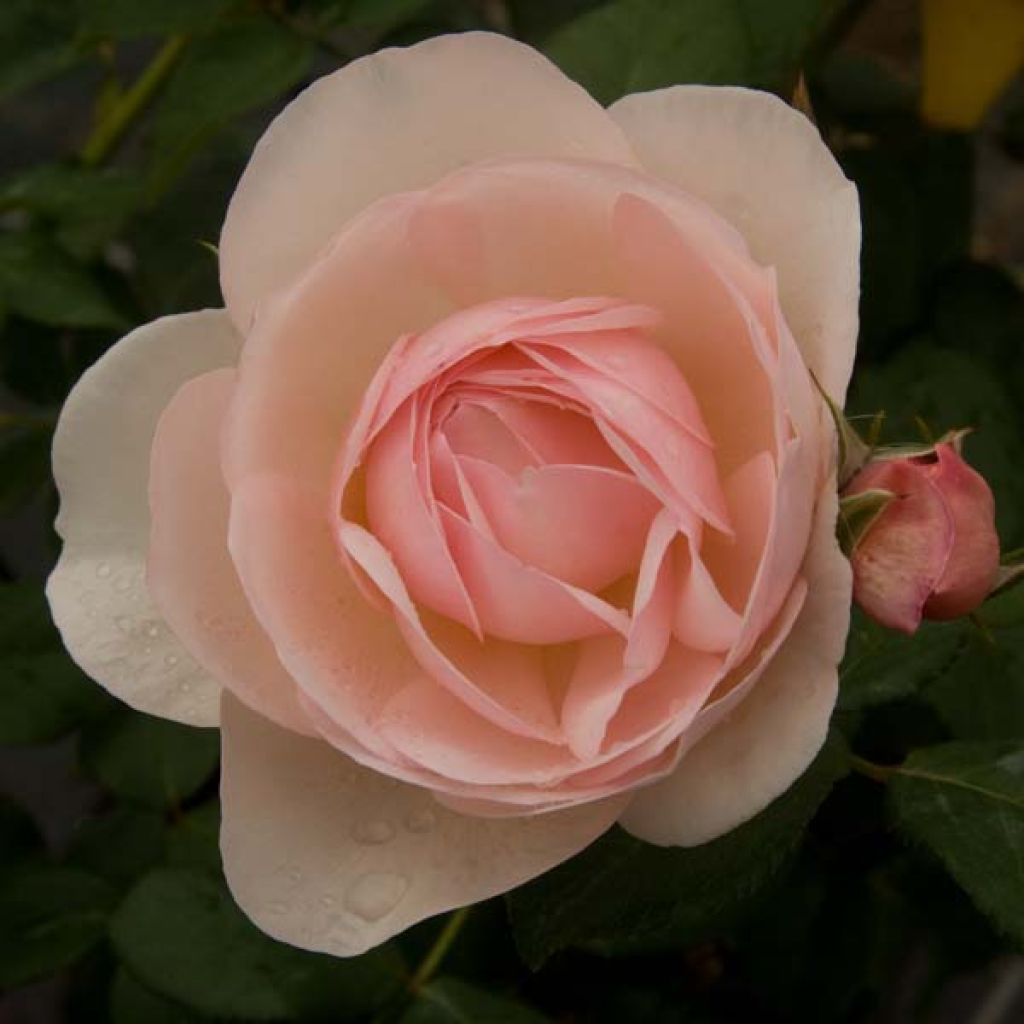

Rosa Heritage
Rosa Heritage
Rosa Heritage 'Ausblush'
Rose
Received in a catastrophic condition, but not due to delivery: sickly branches, poorly or not pruned twigs, dry and blackened leaves... in short, I am extremely disappointed and have not received any response from the supplier after sending my message with photos. Response from Promesse de Fleurs. I apologize for this inconvenience, as we value the quality of our plants. The season is very humid, which has encouraged the development of diseases, especially since we do not treat our roses. If there are any issues with recovery, please do not hesitate to contact us at 0361760810. Sincerely
Cécile , 03/09/2021
Why not try an alternative variety in stock?
View all →This plant carries a 24 months recovery warranty
More information
We guarantee the quality of our plants for a full growing cycle, and will replace at our expense any plant that fails to recover under normal climatic and planting conditions.
From €5.90 for pickup delivery and €6.90 for home delivery
Express home delivery from €8.90.
From €5.90 for pickup delivery and €6.90 for home delivery
Express home delivery from €8.90.
Delivery to Corse prohibited: UE law prohibits the import of this plant from mainland France to Corse as part of the fight against Xylella fastidiosa. Please accept our sincere apologies.
More information
Does this plant fit my garden?
Set up your Plantfit profile →
Description
The English Rose 'Heritage' is a David Austin creation, flowering and highly recurrent, full of charm and romance. This beautiful bush has delicate flowers on its bushy growth, with a soft, slightly globular, double cup shape, pale pink in colour fading to white on the edges of the flowers. They emit a delicious fruity and sweet fragrance, with notes of honey and carnation over a myrrh base. It is perfect in a flowerbed or in a small hedge, alongside other English or old-fashioned roses.
This 'Heritage' Rose belongs to the group of English Roses, a term coined by David Austin himself. These roses are obtained by crossing an old-fashioned rose (gallica, bourbon, etc.) with a Hybrid Tea or a Floribunda. English Roses are well-known for being highly recurrent and their flowers are renowned for their beautiful, regular rosette shape and strong scent.
'Heritage' is a tall bush rose that forms a beautiful, free-standing, dense and balanced bush, averaging 1.10 m (4ft) in all directions. Its growth is rapid and vigorous, and its sturdy stems are covered with beautiful dark green foliage that is not very susceptible to diseases under proper growing conditions. On this highly recurrent bush, the pretty, rounded pink buds open gradually to form a slightly rounded, double cup flower, 9 cm (4in) wide, composed of numerous petals. Those in the centre are tightly packed and true pink in colour, while those on the edges, in the shape of shells, quickly evolve to a very pale, white-pink colour. Their intoxicating fragrance is very pronounced.
The 'Heritage' rose is a must-have in a romantic garden, both for the abundance and duration of its flowering and the fragrance of its flowers. It forms a charming bush at the back of flowerbeds or in front of large evergreen shrubs. It can also be mixed with flowering shrubs (buddleias, lilacs, spireas, deutzias, mock orange, kolkwitzias), near the house or, on the contrary, at the back of the garden, or even in a flowering hedge. In mixed borders, it will accompany perennial plants (nepeta, delphinium, foxgloves, perennial or shrubby salvias), bringing exuberance and fragrance, as well as light annuals and even grasses, whose clump foliage will hide its sometimes naked base. It can also be associated with a clematis, as they love to crawl through bushes, which provide them with a sturdy framework to cling to and the beneficial shade at their base.
English Rose hybrid of Musk Rose, David Austin creation 1984.
Report an error about the product description
Rosa Heritage in pictures
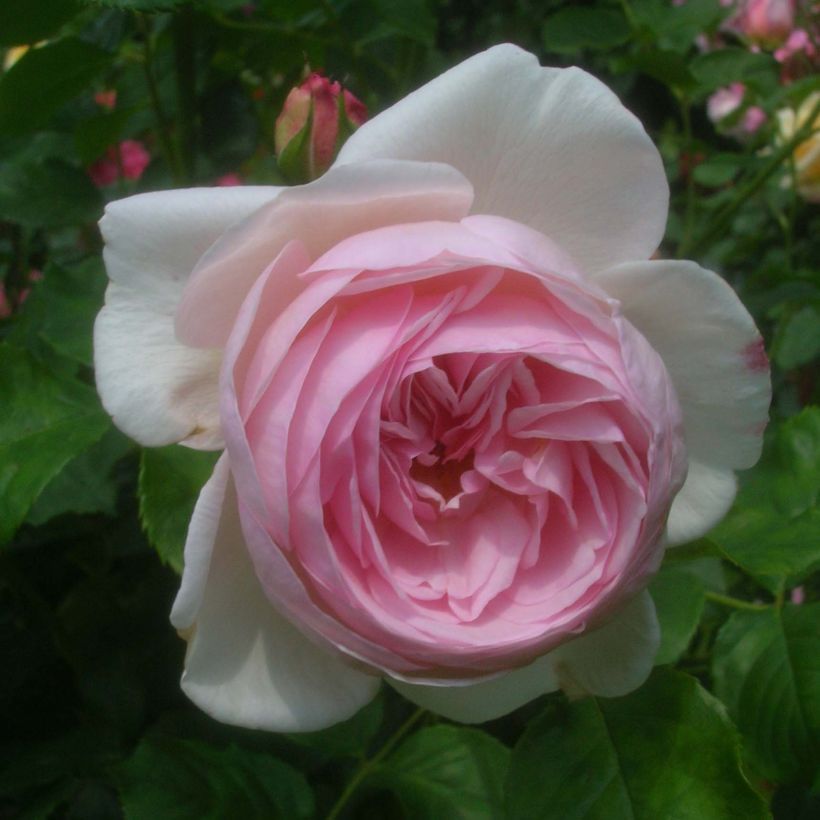

Plant habit
Flowering
Foliage
Botanical data
Rosa
Heritage 'Ausblush'
Rosaceae
Rose
Cultivar or hybrid
Rosa canina Laxa (4L/5L pot)
Other David Austin Roses
Planting and care
Plant your English 'Heritage' Rose in a sunny location. English roses are tolerant but won't tolerate excessive limestone. They will adapt to any garden as long as the soil is well-worked and rich enough. To plant your rose, prepare the soil by crumbling it and adding an amendment, such as dried blood or dehydrated horn, at the bottom of the planting hole. Water generously after planting to remove any air pockets. Water regularly for a few weeks to promote root growth. Also, remember to provide your rose with special rose fertilizer to stimulate plant flowering. Pruning is essential for the flowering of English bush roses. Trim the branches to two or three buds above the ground in spring, choosing an outward-facing bud for a more elegant habit. Take advantage of this pruning to remove dead wood and unsightly branches. Prune at an angle above a bud. As the flowers bloom, remove faded flowers to encourage the development of new buds.
Roses are often stained or unsightly in late summer, but this is not a problem for their development. These spots are not harmful to the rose; it is a natural phenomenon.
Planting period
Intended location
Care
-
, onOrder confirmed
Reply from on Promesse de fleurs
Fragrant Roses
Haven't found what you were looking for?
Hardiness is the lowest winter temperature a plant can endure without suffering serious damage or even dying. However, hardiness is affected by location (a sheltered area, such as a patio), protection (winter cover) and soil type (hardiness is improved by well-drained soil).

Photo Sharing Terms & Conditions
In order to encourage gardeners to interact and share their experiences, Promesse de fleurs offers various media enabling content to be uploaded onto its Site - in particular via the ‘Photo sharing’ module.
The User agrees to refrain from:
- Posting any content that is illegal, prejudicial, insulting, racist, inciteful to hatred, revisionist, contrary to public decency, that infringes on privacy or on the privacy rights of third parties, in particular the publicity rights of persons and goods, intellectual property rights, or the right to privacy.
- Submitting content on behalf of a third party;
- Impersonate the identity of a third party and/or publish any personal information about a third party;
In general, the User undertakes to refrain from any unethical behaviour.
All Content (in particular text, comments, files, images, photos, videos, creative works, etc.), which may be subject to property or intellectual property rights, image or other private rights, shall remain the property of the User, subject to the limited rights granted by the terms of the licence granted by Promesse de fleurs as stated below. Users are at liberty to publish or not to publish such Content on the Site, notably via the ‘Photo Sharing’ facility, and accept that this Content shall be made public and freely accessible, notably on the Internet.
Users further acknowledge, undertake to have ,and guarantee that they hold all necessary rights and permissions to publish such material on the Site, in particular with regard to the legislation in force pertaining to any privacy, property, intellectual property, image, or contractual rights, or rights of any other nature. By publishing such Content on the Site, Users acknowledge accepting full liability as publishers of the Content within the meaning of the law, and grant Promesse de fleurs, free of charge, an inclusive, worldwide licence for the said Content for the entire duration of its publication, including all reproduction, representation, up/downloading, displaying, performing, transmission, and storage rights.
Users also grant permission for their name to be linked to the Content and accept that this link may not always be made available.
By engaging in posting material, Users consent to their Content becoming automatically accessible on the Internet, in particular on other sites and/or blogs and/or web pages of the Promesse de fleurs site, including in particular social pages and the Promesse de fleurs catalogue.
Users may secure the removal of entrusted content free of charge by issuing a simple request via our contact form.
The flowering period indicated on our website applies to countries and regions located in USDA zone 8 (France, the United Kingdom, Ireland, the Netherlands, etc.)
It will vary according to where you live:
- In zones 9 to 10 (Italy, Spain, Greece, etc.), flowering will occur about 2 to 4 weeks earlier.
- In zones 6 to 7 (Germany, Poland, Slovenia, and lower mountainous regions), flowering will be delayed by 2 to 3 weeks.
- In zone 5 (Central Europe, Scandinavia), blooming will be delayed by 3 to 5 weeks.
In temperate climates, pruning of spring-flowering shrubs (forsythia, spireas, etc.) should be done just after flowering.
Pruning of summer-flowering shrubs (Indian Lilac, Perovskia, etc.) can be done in winter or spring.
In cold regions as well as with frost-sensitive plants, avoid pruning too early when severe frosts may still occur.
The planting period indicated on our website applies to countries and regions located in USDA zone 8 (France, United Kingdom, Ireland, Netherlands).
It will vary according to where you live:
- In Mediterranean zones (Marseille, Madrid, Milan, etc.), autumn and winter are the best planting periods.
- In continental zones (Strasbourg, Munich, Vienna, etc.), delay planting by 2 to 3 weeks in spring and bring it forward by 2 to 4 weeks in autumn.
- In mountainous regions (the Alps, Pyrenees, Carpathians, etc.), it is best to plant in late spring (May-June) or late summer (August-September).
The harvesting period indicated on our website applies to countries and regions in USDA zone 8 (France, England, Ireland, the Netherlands).
In colder areas (Scandinavia, Poland, Austria...) fruit and vegetable harvests are likely to be delayed by 3-4 weeks.
In warmer areas (Italy, Spain, Greece, etc.), harvesting will probably take place earlier, depending on weather conditions.
The sowing periods indicated on our website apply to countries and regions within USDA Zone 8 (France, UK, Ireland, Netherlands).
In colder areas (Scandinavia, Poland, Austria...), delay any outdoor sowing by 3-4 weeks, or sow under glass.
In warmer climes (Italy, Spain, Greece, etc.), bring outdoor sowing forward by a few weeks.


































